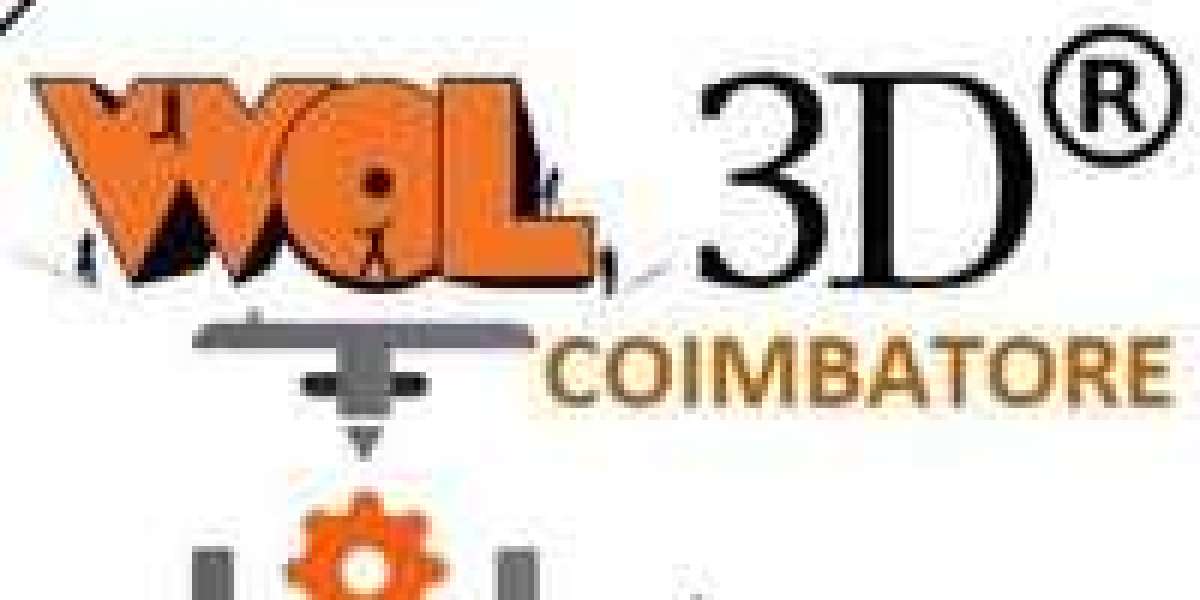Understanding Metallic Contaminants in RV Manufacturing
As we delve into the world of it, it becomes clear that it has a vast and complex history rv metallic contaminant isolation.When it comes to the production of recreational vehicles (RVs), ensuring the quality and safety of the final product is paramount. One crucial aspect that often goes unnoticed is the presence of metallic contaminants during the manufacturing process. These contaminants, if not isolated effectively, can lead to a range of issues such as corrosion, electrical malfunctions, and structural weaknesses.
The Significance of Detecting Metallic Contaminants
It is essential for RV manufacturers to implement stringent measures for detecting and isolating metallic contaminants. By utilizing advanced screening techniques and quality control processes, manufacturers can prevent these contaminants from compromising the integrity of the RV components. Failure to address this issue can result in costly recalls, reputation damage, and, most importantly, safety hazards for consumers.
Methods for Metallic Contaminant Isolation
There are several methods that RV manufacturers can employ to isolate metallic contaminants effectively. One common approach is the use of metal detectors and X-ray machines during the production process to identify any foreign objects that may have inadvertently entered the manufacturing line. Additionally, implementing strict cleanliness protocols and conducting regular inspections can help minimize the risk of contamination.
The Impact of Metallic Contaminants on RV Performance
From affecting the structural integrity of the RV frame to causing electrical shorts in critical components, metallic contaminants can have a significant impact on the overall performance and safety of the vehicle. By prioritizing the isolation of these contaminants, manufacturers can ensure that their RVs meet the highest standards of quality and reliability, providing customers with a product they can trust.
In conclusion, the importance of metallic contaminant isolation in RV manufacturing cannot be overstated. By implementing robust detection and isolation processes, manufacturers can safeguard the quality, safety, and reputation of their products. Ultimately, prioritizing the removal of metallic contaminants leads to a better RV experience for consumers and a more sustainable business for manufacturers.








